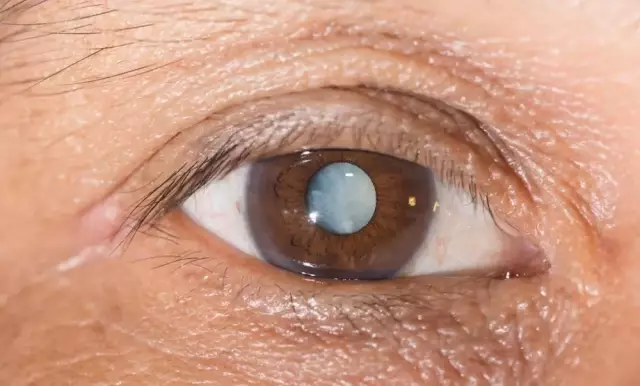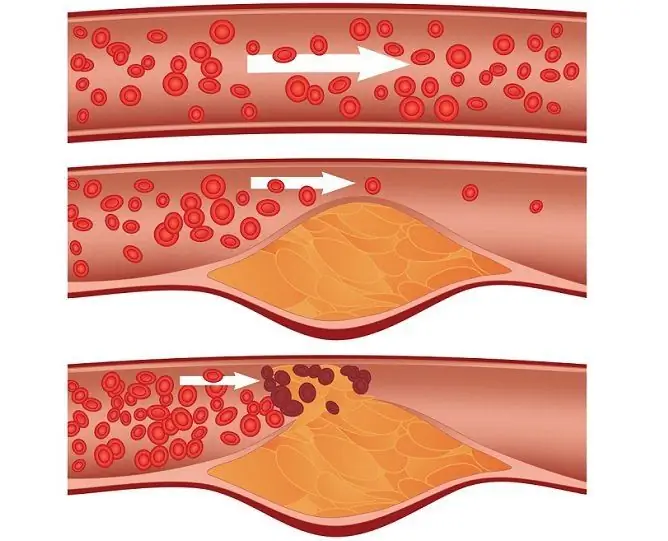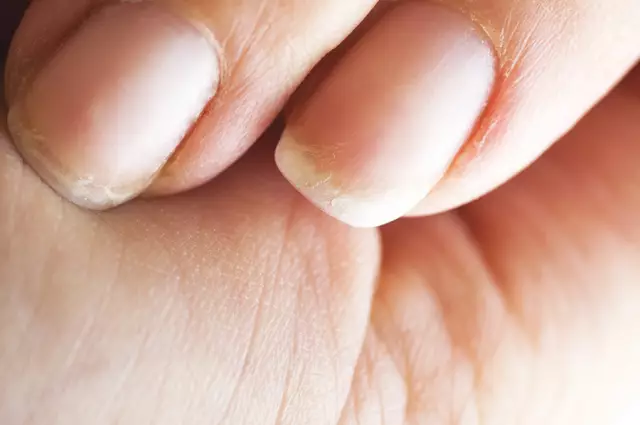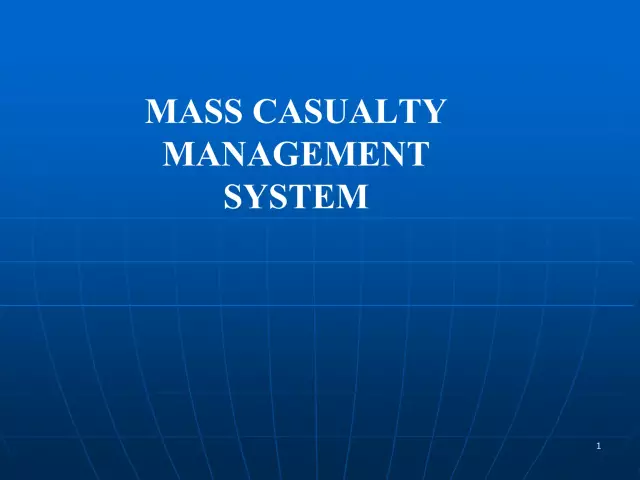- Author Rachel Wainwright [email protected].
- Public 2023-12-15 07:39.
- Last modified 2025-11-02 20:14.
Glycogenosis

Glycogenoses is the general name for a group of hereditary diseases provoked by defects or lack of enzymes that are involved in the breakdown or synthesis of glycogen.
Glycogen is a source of carbohydrates needed to provide the body with immediate energy. Breaking down in the liver, hydrocarbons uninterruptedly supply glucose to red blood cells and the brain. With glycogenosis, the uninterrupted work of enzymes for processing glycogen is disrupted, an excess amount of it or pathological varieties accumulates in the body.
Glycogenoses are hereditary and rare diseases, occurring in 1: 40,000 cases. With different types of glycogenosis, the first signs of the disease can appear at different ages. The complexity of the disease depends on which enzyme is missing or damaged.
Forms of glycogenosis
According to the localization of glycogen accumulation in organs and tissues, glycogenosis is divided into the following main forms:
- Hepatic;
- Muscular;
- Generalized.
Signs of hepatic glycogen accumulation usually appear at 8-9 months of age. The beginning is infrequent bouts of hyperglycemia, which are accompanied by convulsions of the extremities, short-term loss of consciousness. Such attacks occur in the morning before meals and are prevented by drinking sweet water. Children look specific: unnaturally thin arms and legs, large belly, growth retardation, doll-like face, visually noticeable enlargement of the liver. The first 4-5 years of life are the most dangerous, since the course of glycogenosis is complicated by various infectious diseases. With age, the body develops compensatory metabolic mechanisms that contribute to a significant improvement in the patient's condition. As a rule, glycogenosis does not affect intellectual development.
Signs of muscle glycogen accumulation usually appear at 7-10 years of age. A sick child gets tired quickly with minor physical exertion, becomes inactive. Progressive muscle weakness provokes pain in the loaded muscles, increased heart rate, shortness of breath. These symptoms develop up to 25-35 years old, practically do not affect the appearance of patients, the liver and kidneys are usually normal. Changes are found only in muscle tissue, which is characterized by atrophy and hypotension.

With the generalized form of glycogenosis, a large amount of glycogen accumulates in almost all tissues and organs. The clinic of the disease is diverse, the course is progressive.
Aglycogenosis
Aglycogenosis or glycogenosis of type zero is a hereditary genetic disease caused by the complete absence in the patient's body of uridine diphosphate-glucose-glycogen-transferase or glycogen synthetase, enzymes responsible for glycogen synthesis.
Aglycogenosis, like glycogenosis, is accompanied by hypoglycemia and hypoglycemic convulsions (mainly in the morning), while the blood sugar content can drop to 7-12 mg%. They can be prevented by extremely frequent night feedings. Confirmation of aglycogenosis requires liver biopsy for enzymes and glycogen.
Treatment of aglycogenosis or type zero glycogenosis is exclusively symptomatic, and the prognosis of the course of the disease, unfortunately, is poor.
Families with similar illnesses need medical and genetic counseling in early pregnancy to prevent the appearance of a child with aglycogenosis or type zero glycogenosis.
Treatment of glycogenosis and aglycogenosis
The main goal of the treatment of various types of glycogenosis is to prevent hypoglycemia. To reduce blood glycogen content, it is recommended:
- Protein-rich diet
- Frequent meals
- Taking fructose, multivitamins, ATP;
- Therapy with enzymes that are absent in a specific form of glycogenosis;
- Reducing physical activity.
For patients with various types of glycogenosis, dispensary observation of the therapist (pediatrician) of the polyclinic and doctors of the medical genetic center is mandatory.
YouTube video related to the article:
The information is generalized and provided for informational purposes only. At the first sign of illness, see your doctor. Self-medication is hazardous to health!






